These are my 7 top tips for successfully photographing Antelope Canyon
The famous slot canyon in Arizona requires careful planning, quick thinking and agile equipment.
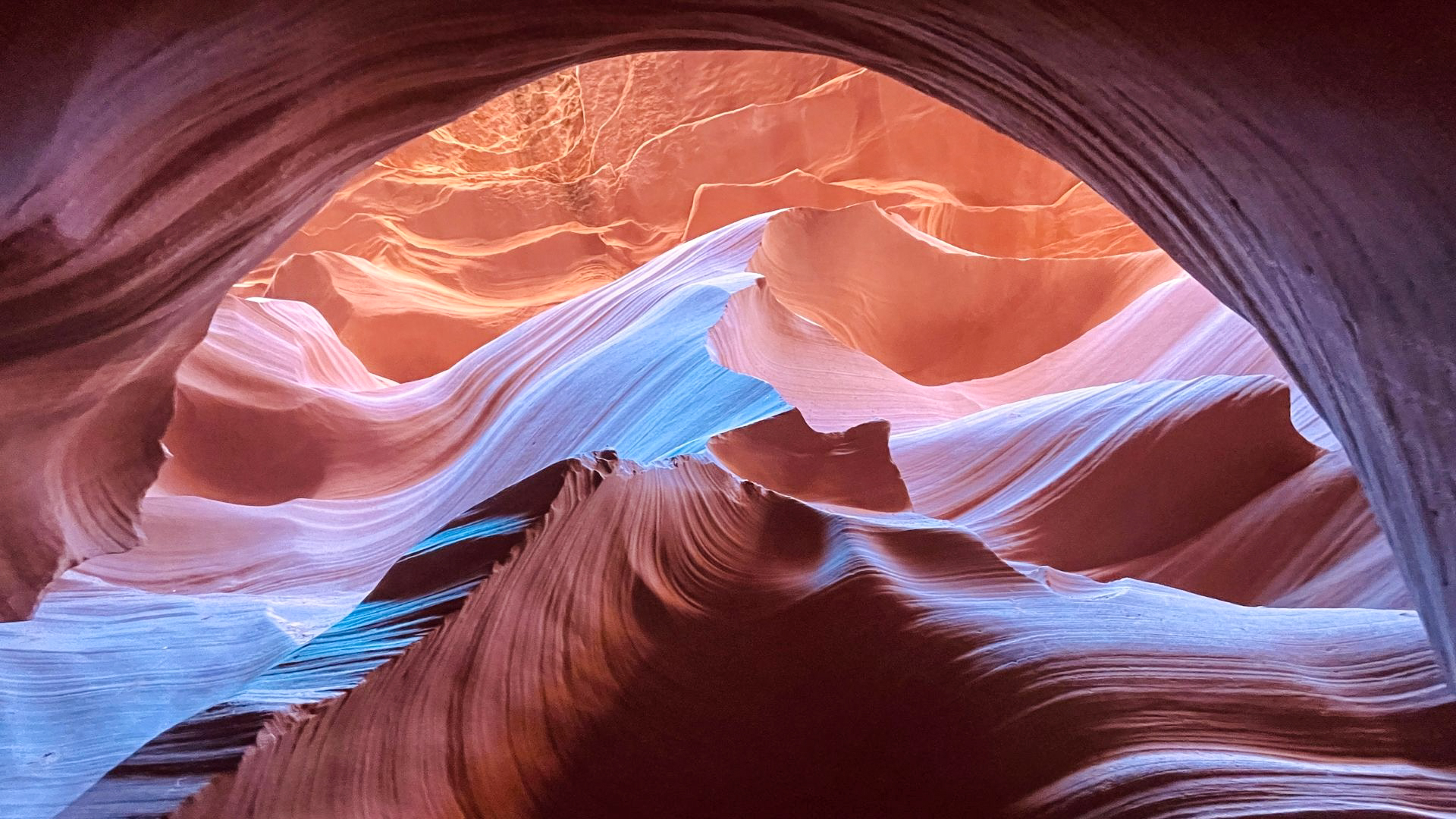
A tiny region of red rocks and slot canyons in northern Arizona, Lower Antelope Canyon is a firm favorite among landscape photographers. Packed with unique red rock formations, there are literally thousands of incredible compositions to be had at different times of day, with light dancing on the red rocks to jaw-dropping effect. However, it’s not as simple as merely turning up with a tripod and a camera bag and heading into the canyon. The way Lower Antelope Canyon is organized makes it slightly tricky to shoot on the fly. Instead, it pays to understand exactly what is possible and why and how to make a booking in advance.
Here’s everything you need to know about landscape photography in Lower Antelope Canyon.
1. It doesn't really matter which tour operator you choose
The way Lower Antelope Canyon is organized makes it tricky to choose which operator to go for. Within a small geographical area, there are several operators all offering very similar packages. For example, along a five-mile stretch off Highway 98, just east of the town of Page, Arizona, there are at least six operators. Don't too much about which one you choose. All of them take you down into Lower Antelope Canyon, which is spectacular along its entire length. The best way is to try one tour and, if you like it so much you want to go again, try another. That way, you will see a different part of Lower Antelope Canyon, though the experience will be much the same.
2. Know what to expect

Tour operators in Lower Antelope Canyon generally offer the same product. For around $55 dollars you'll get a roughly one-hour experience, which includes a brief safety talk followed by a 45-minute hike down into Lower Antelope Canyon, which you cannot see from ground level. Expect there to be around 10 other people on your tour, with different groups about 15 minutes behind and in front of you. Each operator tends to offer its own infrastructure, with waiting areas and facilities at the top of the canyon and simple staircases and ladders into the canyon. You’ll have a tour guide that has done the trip countless times before and will, likely point out some particularly good views and compositions as you go through. However, at no point are you allowed to linger for very long.
3. Come at the right time
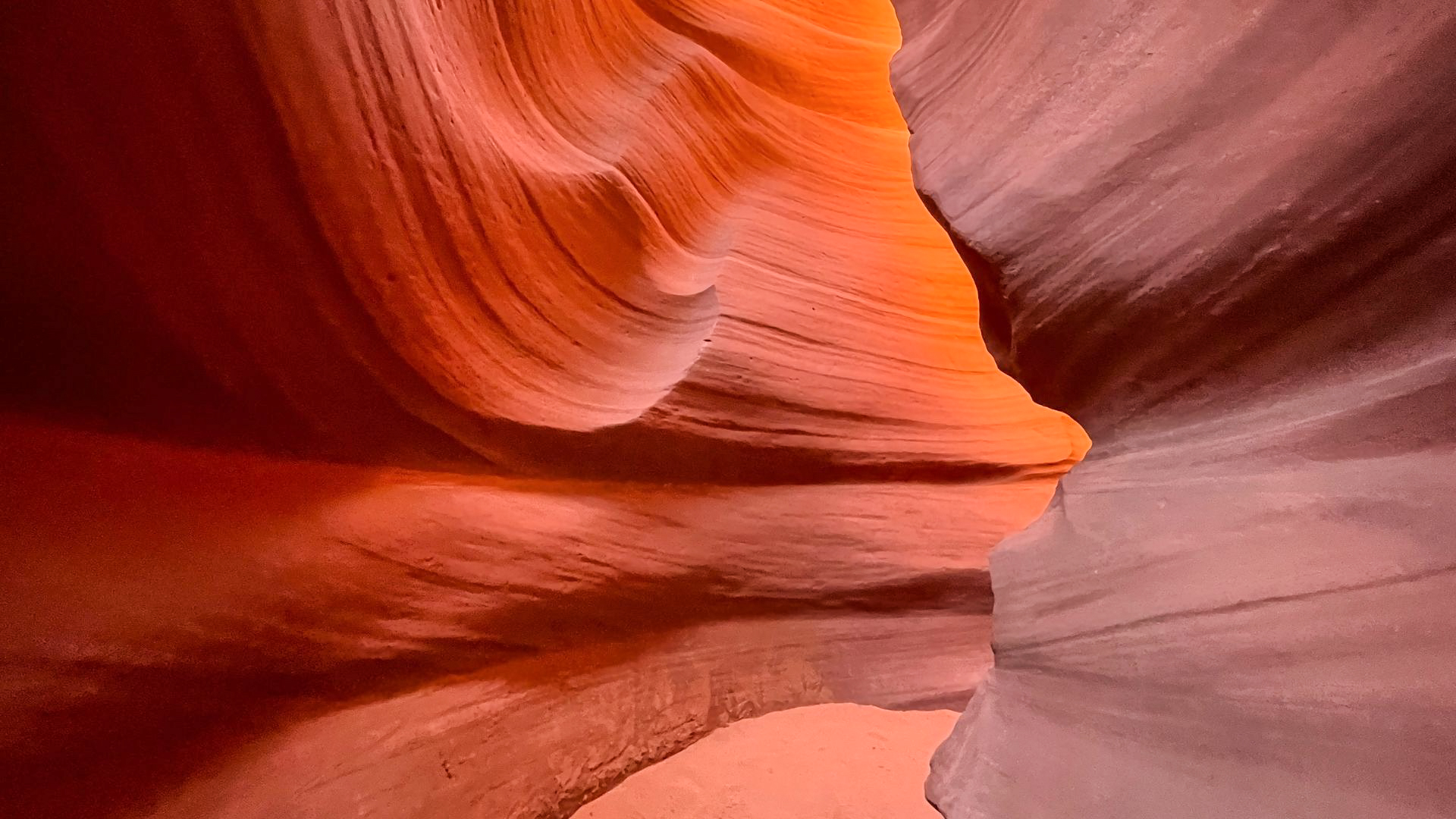
There is no bad time to visit and photograph Lower Antelope Canyon. However, exactly what you'll see will differ according to what time of the year you arrive and also what time of day you take a tour. For example, the peak season for Lower Antelope Canyon takes place between May and September, when the Sun is highest in the sky. Consequently, it’s sometimes possible to see light beams coming from the Sun through the often small cracks above you in the canyon. However, that's not always the case and, besides, you can get some truly fantastic photography at any time of year. The colors are at their most vivid in the early morning and late afternoon, so if you want to guarantee not getting stuck behind a tour in front of you then try to book the first tour of the day.
4. Don’t take a tripod
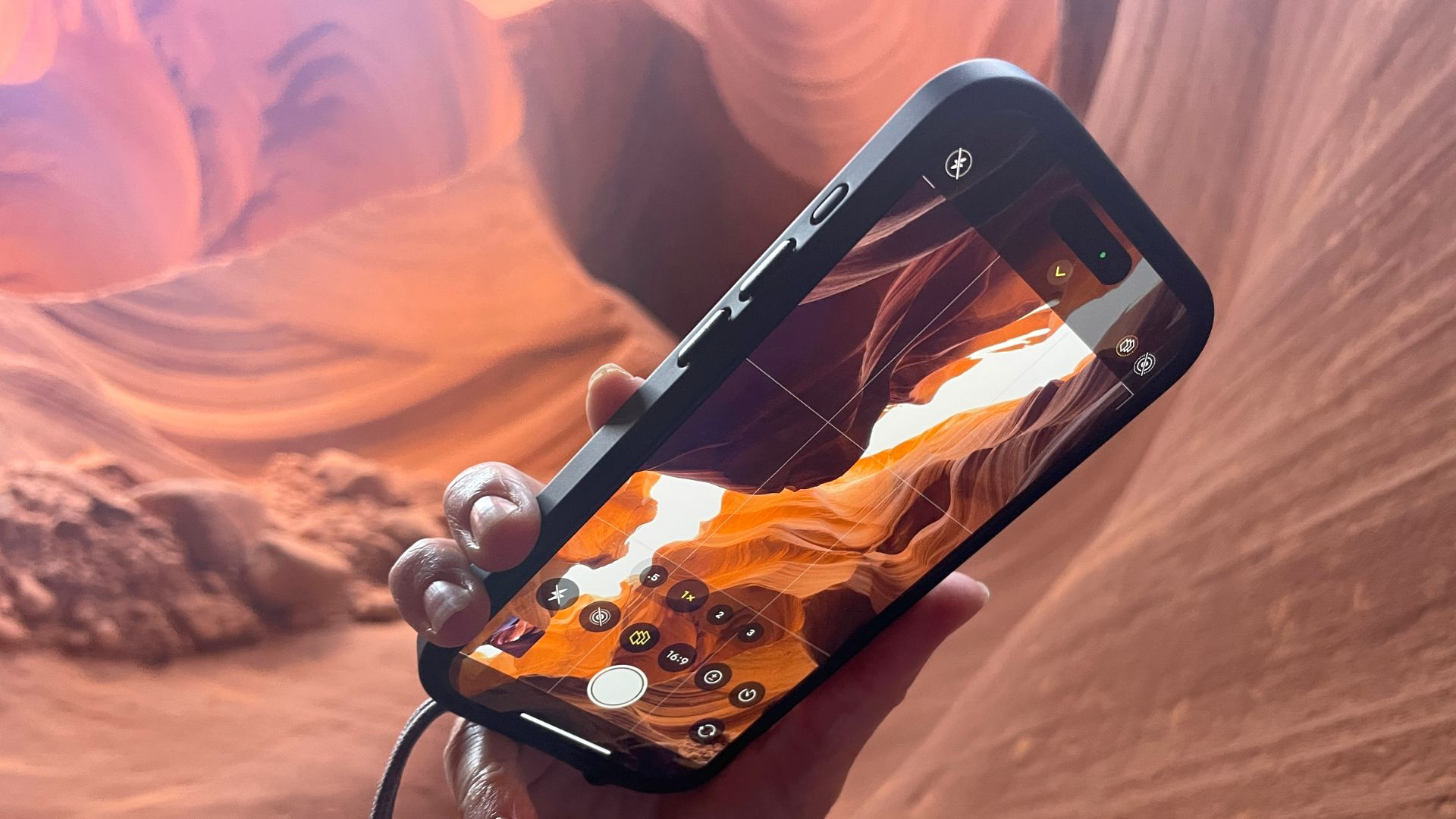
There are a few things that are banned in Lower Antelope Canyon. The first is a tripod, which will immediately set alarm bells ringing in the heads of landscape photographers. However, this is a place that is best captured using wide-angle lenses that can be handheld. It's also an excellent location for a smartphone. Note that the latest smartphones are just about good enough to take excellent images in lower Antelope Canyon, but as well as tripods being banned, so are backpacks. So you can forget about taking multiple lenses. Monopods and selfie sticks are also banned, as is stopping on stairways and ladders. If you insist on a tripod then it’s worth looking into longer private tours, which are fewer and more expensive.
5. Be prepared for ladders and heights
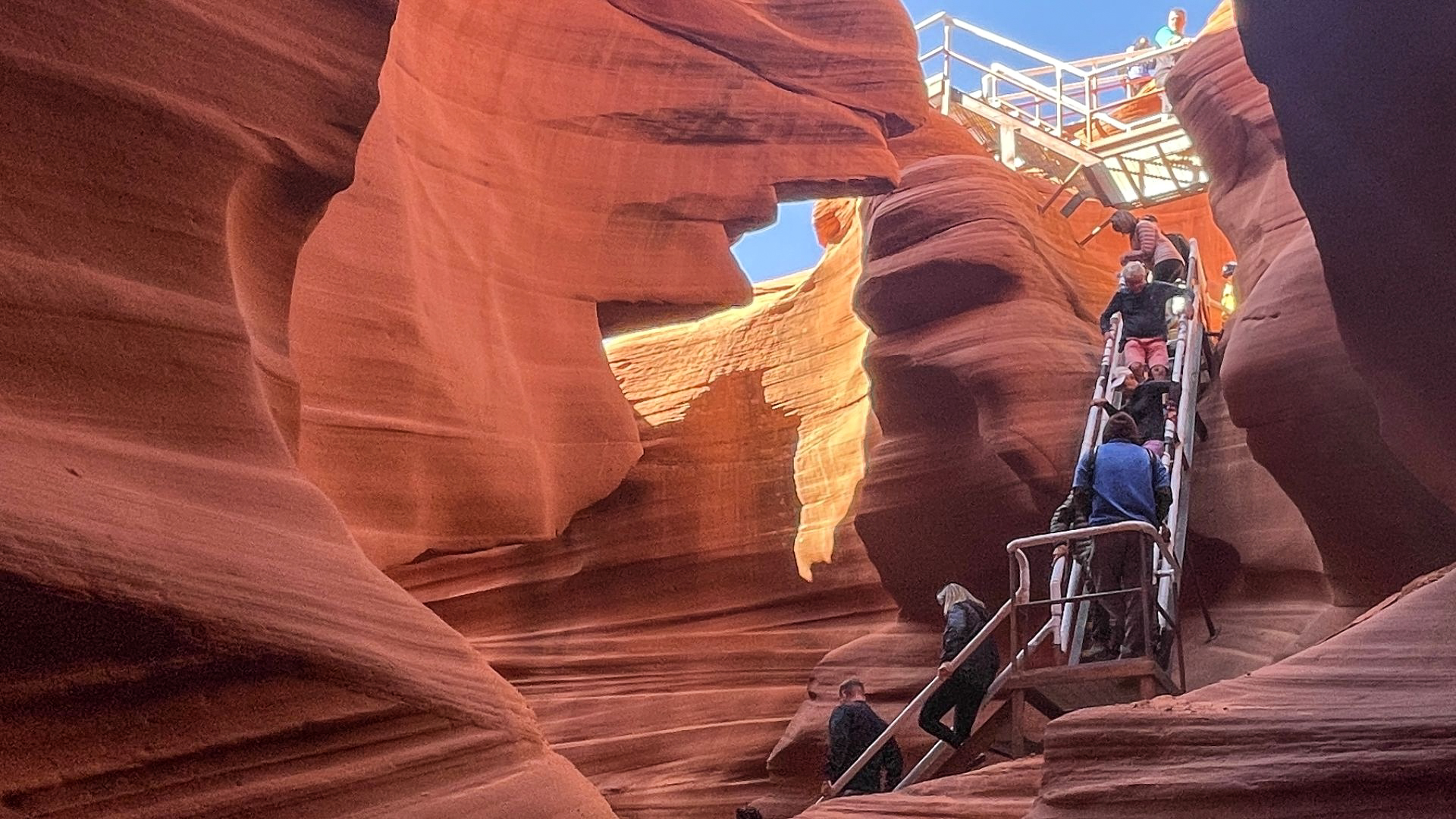
If you have extreme vertigo or fear of heights then Lower Antelope Canyon is probably best avoided. However, if you’re okay with strong steel ladders set up against the sides of the canyons, with handlebars on either side, you’ll be fine. Do use of ladders is essentially to get customers into the canyon; once you're there there are a few ladders to take you into other sections of the slot canyon, but it's likely that you will walk out of the canyon without any ladders. Either way, having a large DSLR or mirrorless camera swinging around your neck is not ideal, which is another reason why a smartphone is the best tool in Lower Antelope Canyon.
Get the Digital Camera World Newsletter
The best camera deals, reviews, product advice, and unmissable photography news, direct to your inbox!
6. Take advice
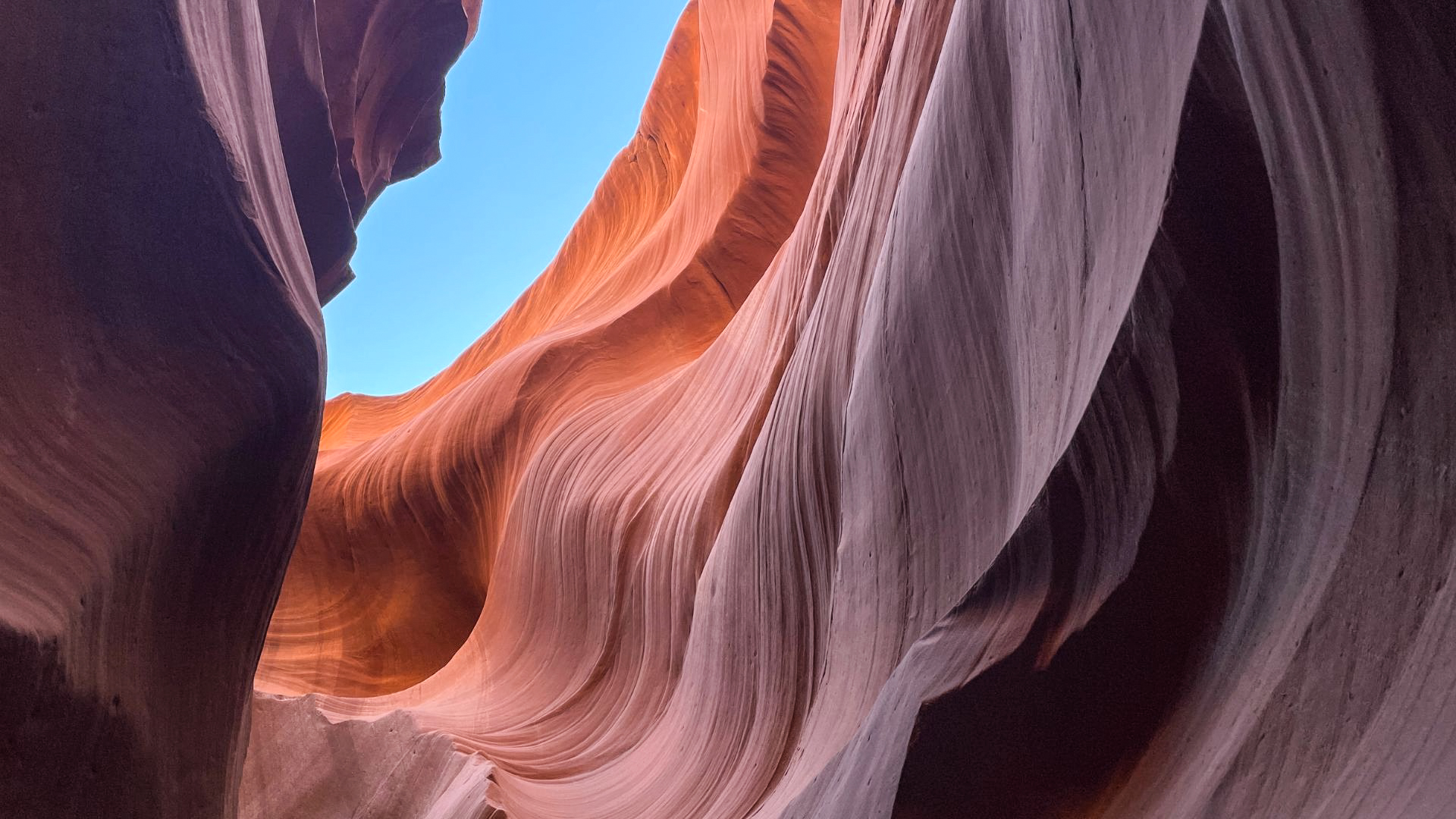
You’ll be led through Lower Antelope Canyon by a guide who has been through a relatively short stretch countless times. Not only will your guide likely know every inch of it, but they may also be an accomplished photographer. In fact, many of the companies that run tours into Lower Antelope Canyon were set up by landscape photographers who discovered the area some years ago and became obsessed with it. As you’re led slowly around the canyon your tour leader will likely point out specific compositions that you can try, some of them with names like ‘The Wall’, ‘Canyon Sunset’, and various rock formations that resemble animals. You’ll often find some of these specific compositions for sale in the gift shop at the end as postcards, posters and framed prints.
7. Be prepared for closures
Although it appears to be a dry, arid area, you only have to know a little basic geology to appreciate that the fabulous shapes of Navajo Sandstone in Antelope Canyon are created by water. Arizona's monsoon season takes place between June and September and flash floods can close the canyon for days on end. That’s a good thing because you do not want to be trapped in a slot canyon during a flash flood – the narrow passageways can quickly trap you in fast-rising waters. It’s one reason why guides are provided for tours into the slot canyon.
Check out guide to other great locations for photographers: the best places for photography around the world

Jamie has been writing about photography, astronomy, astro-tourism and astrophotography for over 15 years, producing content for Forbes, Space.com, Live Science, Techradar, T3, BBC Wildlife, Science Focus, Sky & Telescope, BBC Sky At Night, South China Morning Post, The Guardian, The Telegraph and Travel+Leisure.
As the editor for When Is The Next Eclipse, he has a wealth of experience, expertise and enthusiasm for astrophotography, from capturing the moon and meteor showers to solar and lunar eclipses.
He also brings a great deal of knowledge on action cameras, 360 cameras, AI cameras, camera backpacks, telescopes, gimbals, tripods and all manner of photography equipment.
